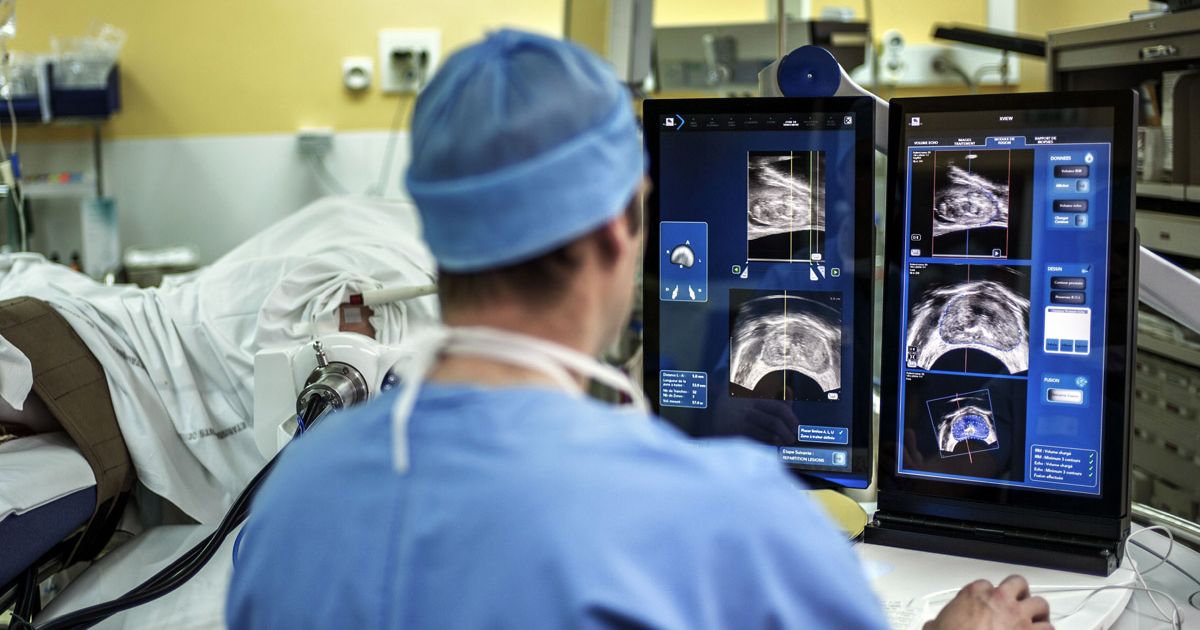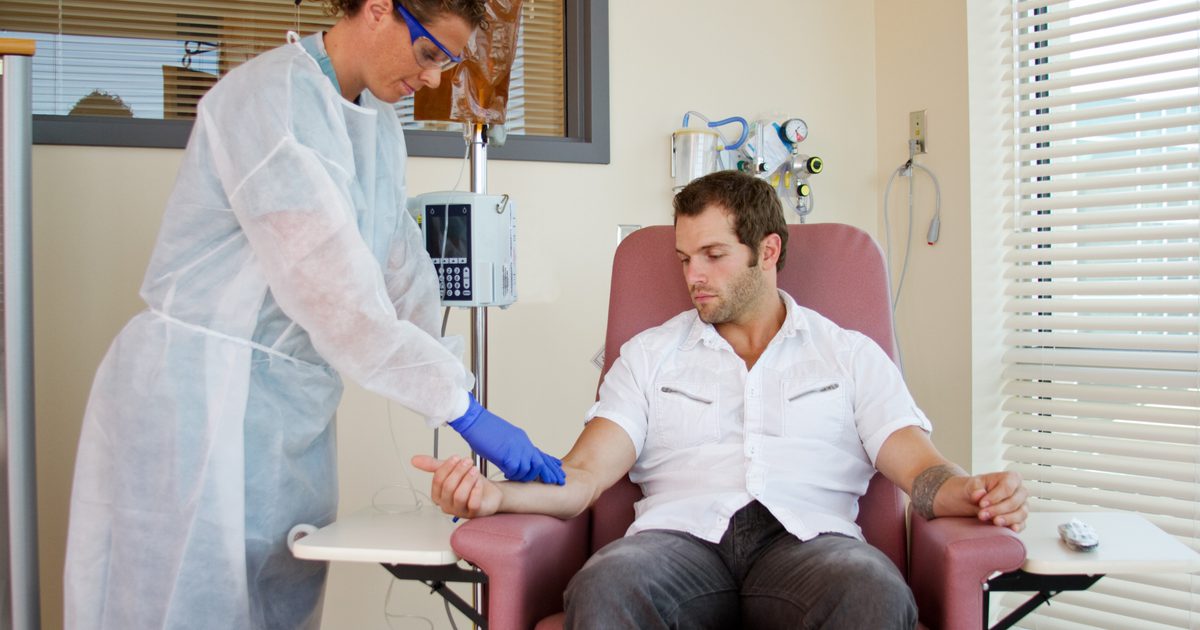The Best Ways To Outlive Prostate Cancer
The diagnosis of prostate cancer is something no man wants to hear from his doctor. If there is a chance the disease will occur, there are proactive measures men can take to lower the odds. If a diagnosis has already been confirmed, options exist to help fight the disease and ease symptoms to improve the quality of life for the patient. The choices, whether natural or traditional medicinal methods are determined by each patient and his in-depth discussion with his doctor. Explore the best possible options for beating prostate cancer now.
Surgery

Numerous options exist for surgical removal of cancerous tumors. This is best done before it spreads outside the prostate. A radical prostatectomy is a procedure in which the entire prostate and seminal vesicles are removed. The risks include problems with sexual functions and urinary incontinence. Robotic or laparoscopic prostatectomy uses a camera, making it a less invasive procedure compared to other surgical options. Cryosurgery is less common and involves freezing the cancer cells. The success rate and risk factors are not yet well-known for this option yet.
Chemotherapy

Medications used in chemotherapy are widely used in treating many different forms of cancer. They are typically administered by injection in the veins or taken orally. Mainly used after the cancer has spread, chemotherapy is considered if other types of hormone therapy have failed. In some cases, both hormone therapy and chemotherapy will be used to eradicate prostate cancer. Chemotherapy comes with a host of side effects, including hair loss, sores on the mouth, a loss of appetite, nausea, vomiting, diarrhea, infections, bruising, and fatigue. The positive thing is that many of these side effects usually disappear when the patient's therapy is complete.
